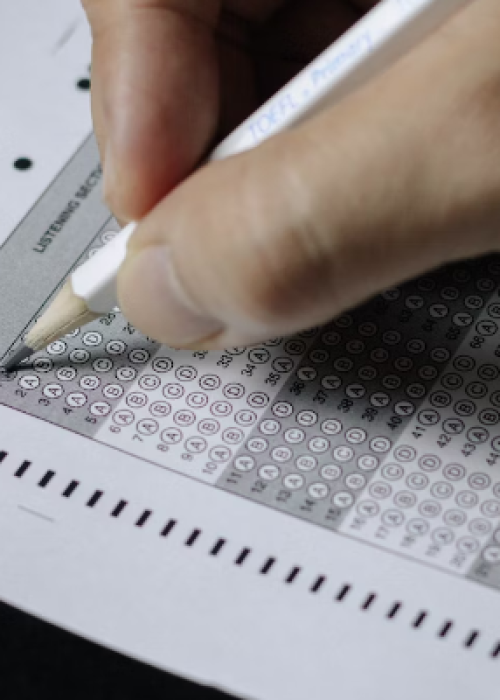Menu
Solution Chemistry
NEET Questions
Class XI Chemistry Questions
Just click To solve these chemistry practice questions. passing Marks are 50%
Class XII Chemistry Questions
Just click To solve these chemistry practice questions. passing Marks are 50%
chemistry Quiz by EXPERTS
Organic Chemistry Quiz
100%
Physical Chemistry Quiz
100%
Analytical Chemistry Quiz
100%
Inorganic Chemistry Quiz
100%
Biochemistry Quiz
100%
Industrial Chemistry Quiz
100%

About Us
Unlock the doors to success with a premier chemistry academy. Explore our top-notch education, experienced instructors, and a bright future in chemistry.
Pages
-
NEET Practice Question
-
JEE Main & Advance Questions
-
MDCAT Practice Questitons
Help
- Chemistry Problems
-
Chemistry Concepts
-
Chemistry Notes

